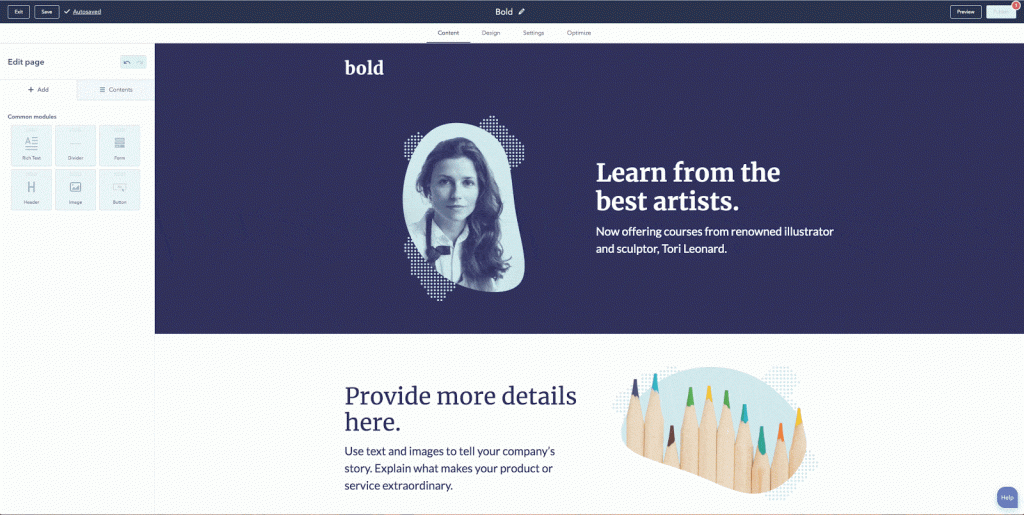An Introductory SQL Tutorial: How to Write Simple Queries

By rleist@hubspot.com (Rachel Leist)
How to Query a SQL Database:
- Make sure that you have a database management application (ex. MySQL Workbench, Sequel Pro).
- If not, download a database management application and work with your company to connect your database.
- Understand your database and its hierarhcy.
- Find out which fields are in your tables.
- Begin writing a SQL query to pull your desired data.
Ever heard of SQL? You may have heard about it in the context of data analysis, but never thought it would apply to you as a marketer. Or, you may have thought, “That’s for the advanced data users. I could never do that.”
Well, you couldn’t be more wrong! The most successful marketers are data-driven, and one of the most important parts of being data-driven is collecting data from databases quickly. SQL is the most popular tool out there for doing just that.
If your company already stores data in a database, you may need to learn SQL to access the data. But not to worry — you’re in the right place to get started. Let’s jump right in.
Why Use SQL?
SQL (often pronounced like “sequel”) stands for Structured Query Language, and it’s used when companies have a ton of data that they want to manipulate. The beauty of SQL is that anyone working at a company that stores data in a relational database can use it. (And chances are, yours does.)
For example, if you work for a software company and want to pull usage data on your customers, you can do that with SQL. If you’re helping develop a website for an ecommerce company that has data about customer purchases, you can use SQL to find out which customers are purchasing which products. Of course, these are just a few of many possible applications.
Think about it this way: Have you ever opened a very large data set in Excel, only for your computer to freeze or even shut down? SQL allows you to access only certain parts of your data at a time so you don’t have to download all the data into a CSV, manipulate it, and possibly overload Excel. In other words, SQL takes care of the data analysis that you may be used to doing in Excel.
How to Write Simple SQL Queries
Before we begin, make sure you have a database management application that will allow you to pull data from your database. Some options include MySQL or Sequel Pro.
Start by downloading one of these options, then talk to your company’s IT department about how to connect to your database. The option you choose will depend on your product’s back end, so check with your product team to make sure you select the correct one.
Understand the hierarchy of your database
Next, it’s important to become accustomed to your database and its hierarchy. If you have multiple …read more
Source:: HubSpot Blog

![Download 10 Excel Templates for Marketers [Free Kit]](https://no-cache.hubspot.com/cta/default/53/9ff7a4fe-5293-496c-acca-566bc6e73f42.png)








